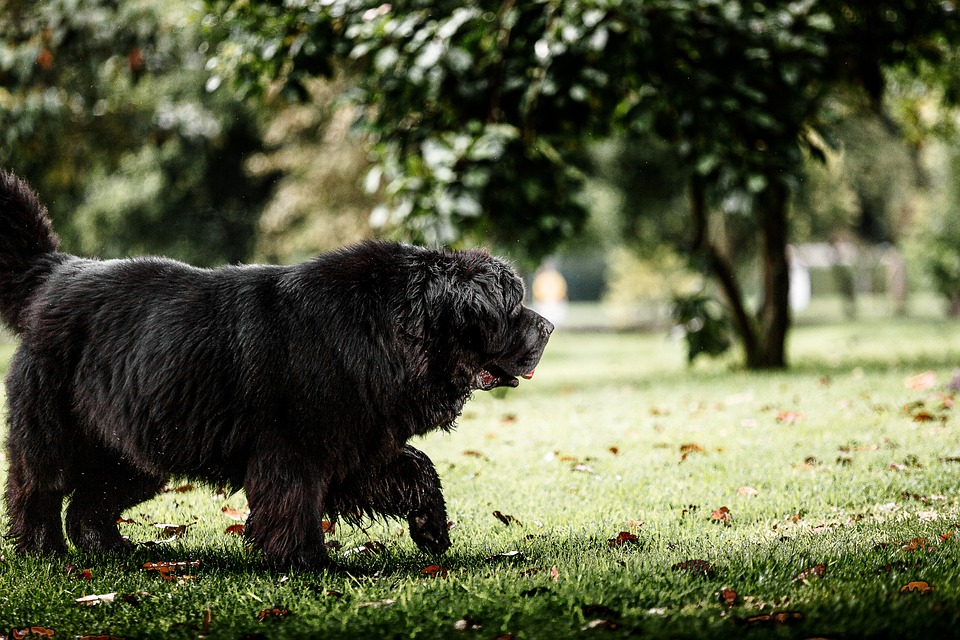**4. Implementing Proper Socialization**
Proper socialization plays a crucial role in managing fear-based aggression towards other dogs. It is important to expose your dog to a variety of positive experiences with other dogs from a young age. This exposure helps them build confidence and reduces the likelihood of fear-based aggression later in life.
Here are some tips for implementing proper socialization:
a) Start early: Begin socializing your dog as early as possible, ideally between the ages of 3 to 14 weeks. This is a critical period for social development.
b) Gradual introductions: Introduce your dog to other dogs in controlled environments, such as puppy classes or supervised playdates. Start with calm, well-behaved dogs to ensure positive experiences.
c) Positive reinforcement: Reward your dog with treats, praise, and play for calm and friendly behavior during social interactions. This helps them associate positive experiences with other dogs.
d) Expose your dog to different environments: Take your dog to various places, such as parks, pet-friendly stores, and outdoor events. This exposes them to different sights, sounds, and smells, reducing the likelihood of fear-based aggression.
e) Supervision is key: Always supervise your dog during social interactions to ensure their safety and prevent any negative experiences that may reinforce fear-based aggression.
**5. Consistency and Routine**
Consistency and routine are essential when managing fear-based aggression. Dogs thrive on consistency and feel more secure when they have a predictable routine. By establishing a routine, you can create a sense of stability for your dog and help reduce anxiety and fear.
Here are some tips for maintaining consistency and routine:
a) Set a daily schedule: Establish a regular schedule for feeding, exercise, and training sessions. This helps your dog anticipate and understand what is expected of them.
b) Stick to training techniques: Use consistent training techniques and commands to reinforce positive behavior and discourage fear-based aggression. This consistency helps your dog understand what is acceptable behavior.
c) Maintain a calm environment: Create a calm and peaceful environment at home by avoiding loud noises, excessive commotion, and stressful situations. A calm environment helps reduce anxiety and fear in dogs.
d) Be patient and persistent: Managing fear-based aggression takes time and patience. Be persistent in your training efforts and consistent in your approach. With time, your dog will learn to manage their fear and respond appropriately to other dogs.
Remember, managing fear-based aggression towards other dogs requires a combination of understanding, patience, and consistent training. By implementing these strategies and seeking professional help when needed, you can help your dog overcome their fear and build positive relationships with other dogs.









